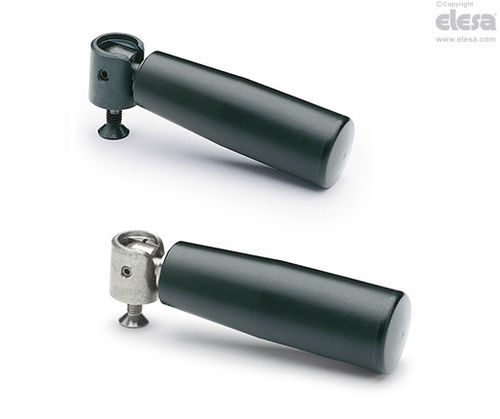Doug71
Established Member
Finally convinced a joiner I know to part with an old Sedgwick MB he had, he got a big Felder a few years ago and this has been sat in the corner of his workshop gathering dust ever since.

All seems fine, he has added extra rollers to the thicknessing table , he says it helped with snipe. It only has 1 roller in the thicknessing bed which I thought strange but a quick Google showed a few old ones like this.
The thing is built like a tank, weighs nearly 400Kg! I'm looking forwards to not having to remove fence and lift tables for thicknessing like on my little Axi.
I need to make a dust chute for it, was just going to make one out of ply similar to what comes with the planers now unless anyone has any better ideas? On an old Wadkin I had I made the chute quite large so when it was sat on top you could stack timber on it when thicknessing which worked quite well so might even do that again.
Anybody got any hints and tips on owning the Sedgwick or any quirks it has I should know about?
Doug

All seems fine, he has added extra rollers to the thicknessing table , he says it helped with snipe. It only has 1 roller in the thicknessing bed which I thought strange but a quick Google showed a few old ones like this.
The thing is built like a tank, weighs nearly 400Kg! I'm looking forwards to not having to remove fence and lift tables for thicknessing like on my little Axi.
I need to make a dust chute for it, was just going to make one out of ply similar to what comes with the planers now unless anyone has any better ideas? On an old Wadkin I had I made the chute quite large so when it was sat on top you could stack timber on it when thicknessing which worked quite well so might even do that again.
Anybody got any hints and tips on owning the Sedgwick or any quirks it has I should know about?
Doug



































